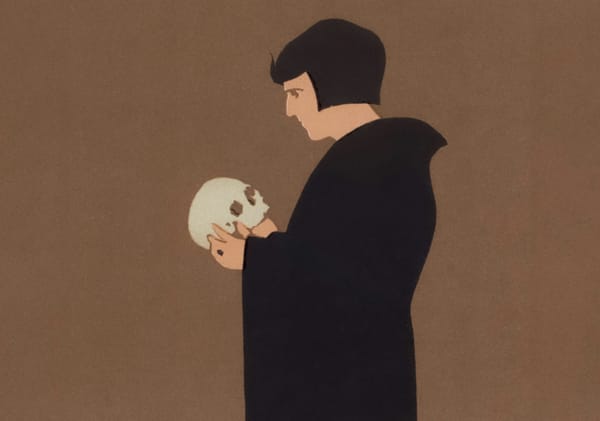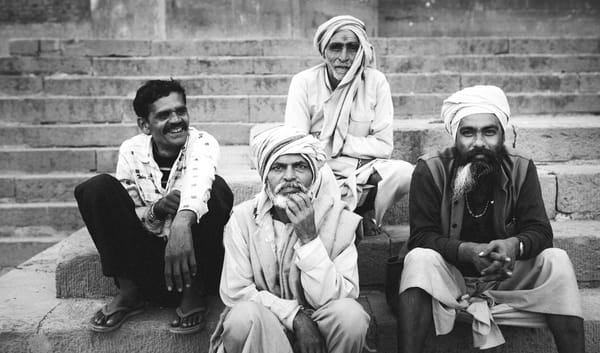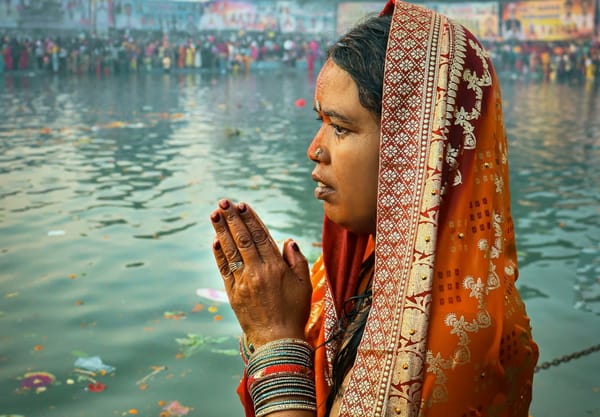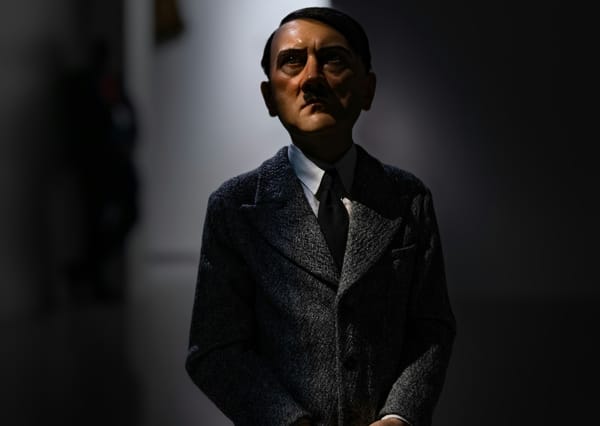Sthita Prajnya

To establish the self in awareness, wisdom, and to be equanimous. This was my biggest takeaway from Chapter 2 of the Bhagavad Gita.
As a small child, a particular painting in my home always caught my attention. It was a painting of a watchful face, half obscured but strangely penetrating. There were verses from the Bhagavad Gita also embossed onto that painting. When I asked my mother about it, she told me it represents Sthita Prajnya. She tried to explain to me what it meant, but I did not fully understand it.
The other imagery in my home that had a lasting impression was a depiction of the Kurukshetra war and a despondent Arjuna at the feet of Sri Krishna.
Both these images stayed with me. What is Sthita Prajnyata? Why is Arjuna so despondent? These questions rattled in my mind for years.
As I read and discussed the Gita with others, the idea of finding a stillness born from awareness and wisdom gained traction in my mind. I vowed to try and live by the idea of awareness and intellect sculpting the stillness of my mind. I looked for an equanimous outlook in my daily life, without falling prey to dizzying highs and lows.
Arjuna’s despondency became something relatable. Fleeing from one’s problems, not facing demons head-on, being blind to injustice, these slowly build up and become one’s own very personal Kurukshetra.
A battlefield in our minds and hearts. A battlefield of obstacles we don’t face, problems we don’t address, and issues we ignore.
The clearing up of our own ignorant mind and obsolete ideas was like the battle of Kurukshetra, where Arjuna vanquishes what he holds dear: his family, his kith and kin, and his beloved guru.
To clear the fog of ignorance and outdated beliefs is no small task. In Arjuna’s story, the real battle wasn’t against others, it was within. He had to confront and vanquish his attachments: to family, tradition, love, loyalty, and even his beloved teacher. The pain was real, but so was the transformation.
Sthita Prajnya is not cold detachment , it is luminous clarity. It is the strength to stand in the storm without being swept away. It is stillness with purpose. Awareness with compassion. Wisdom without arrogance.
In remembering those paintings from my childhood, I now realize they weren’t just art. They were mirrors, waiting for me to grow into them.





